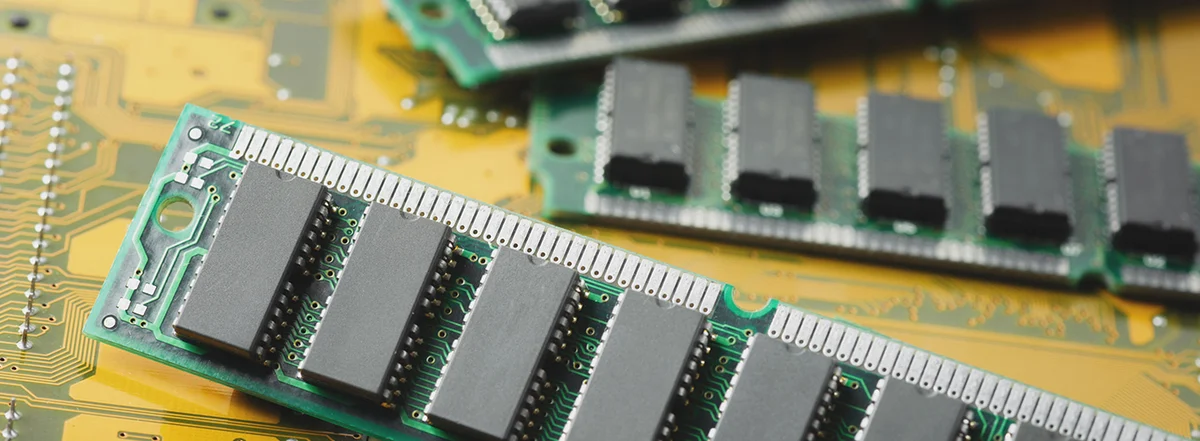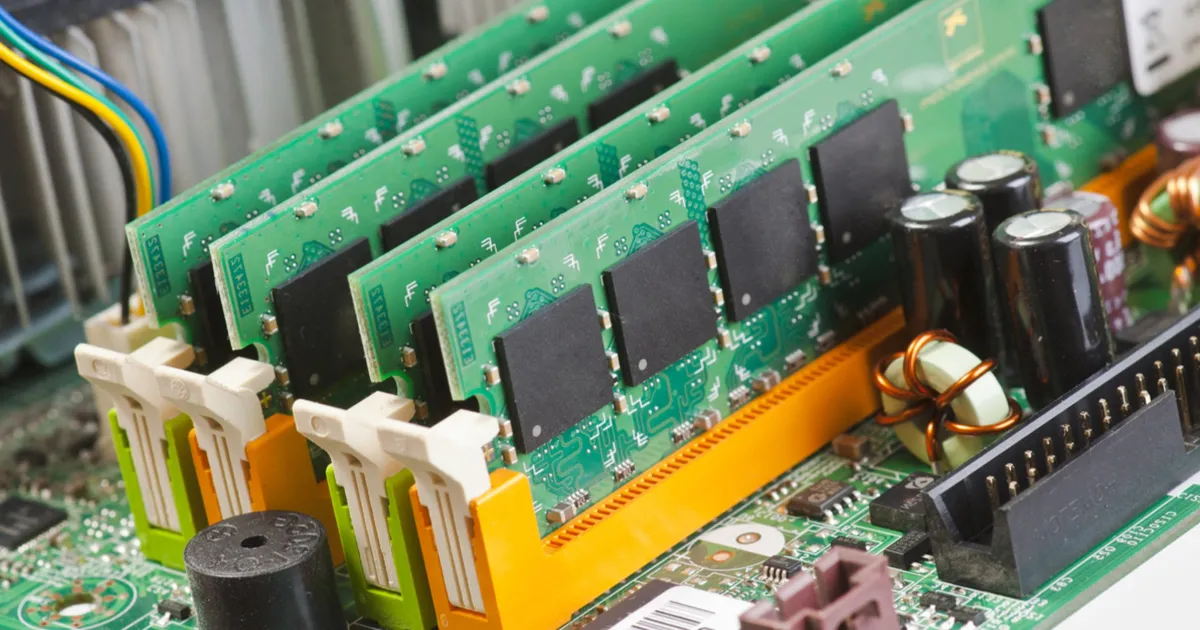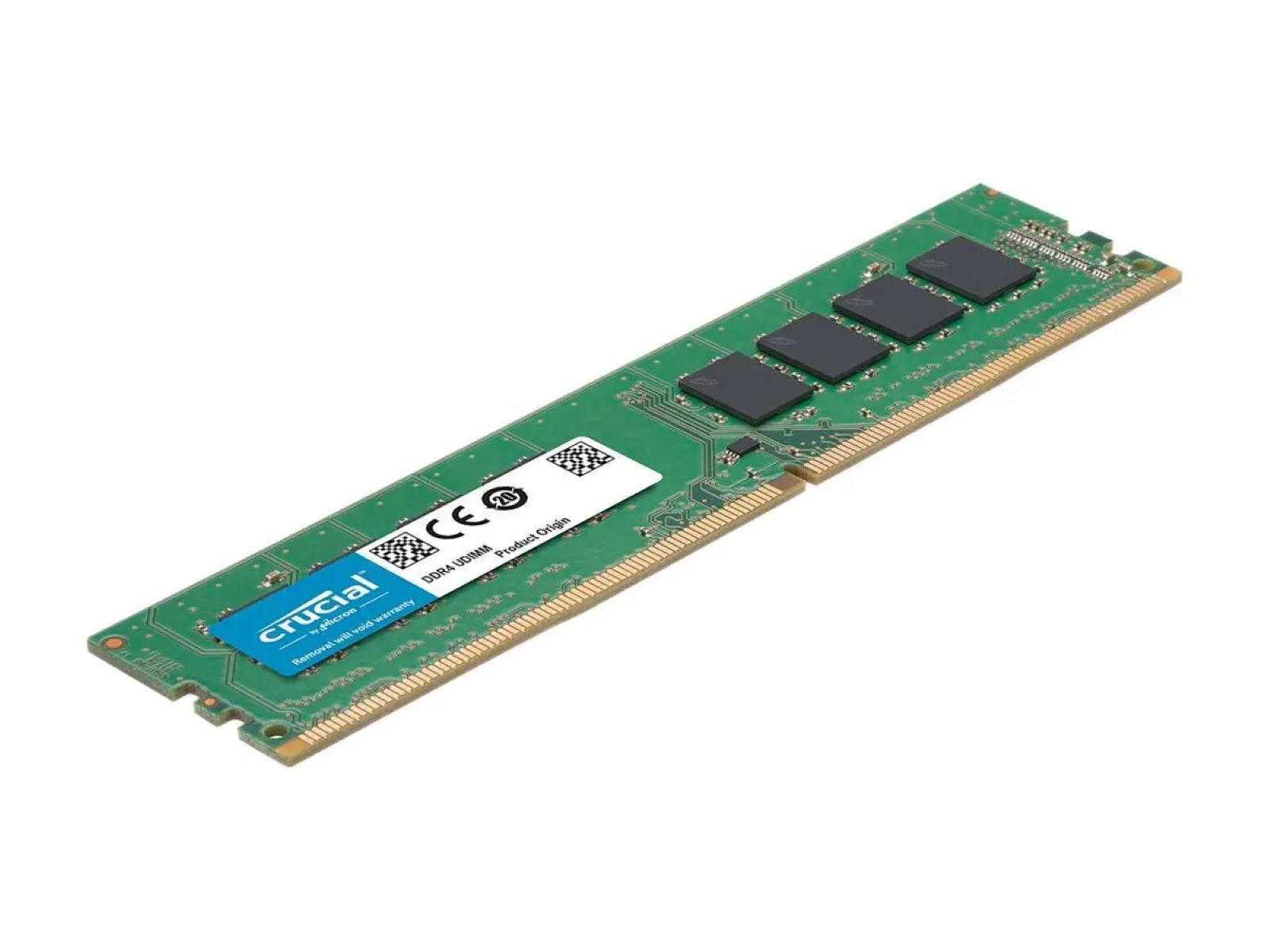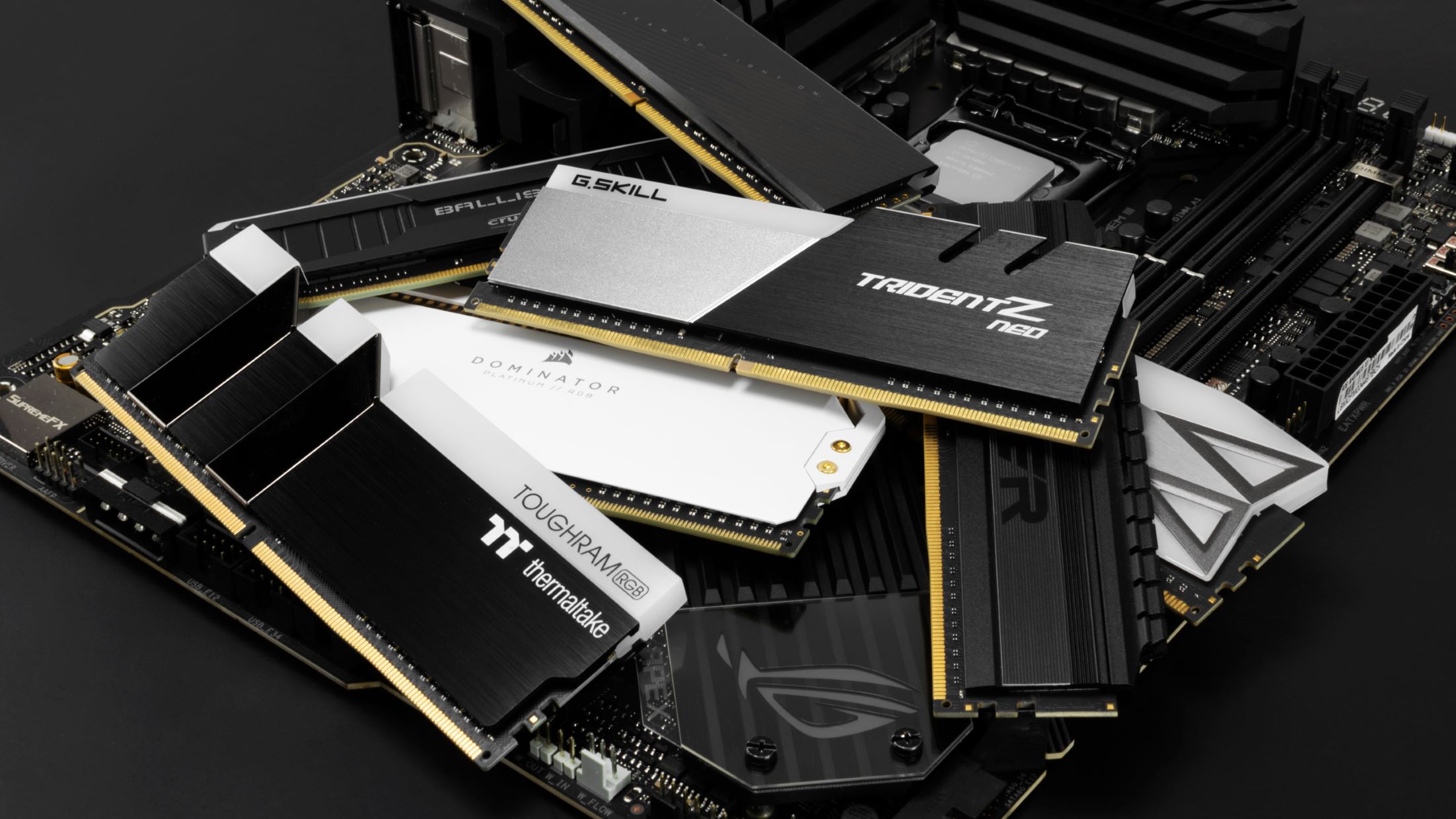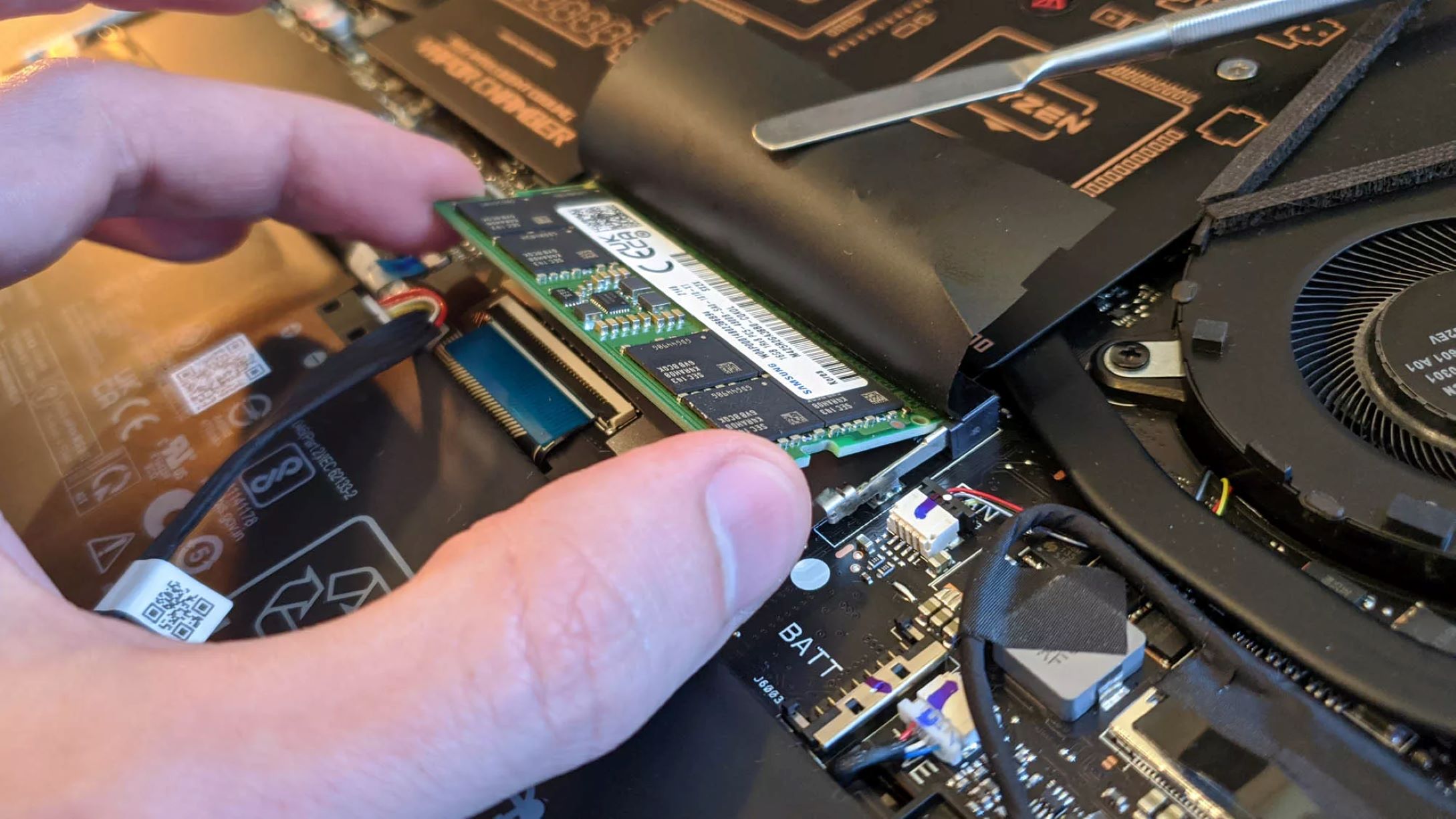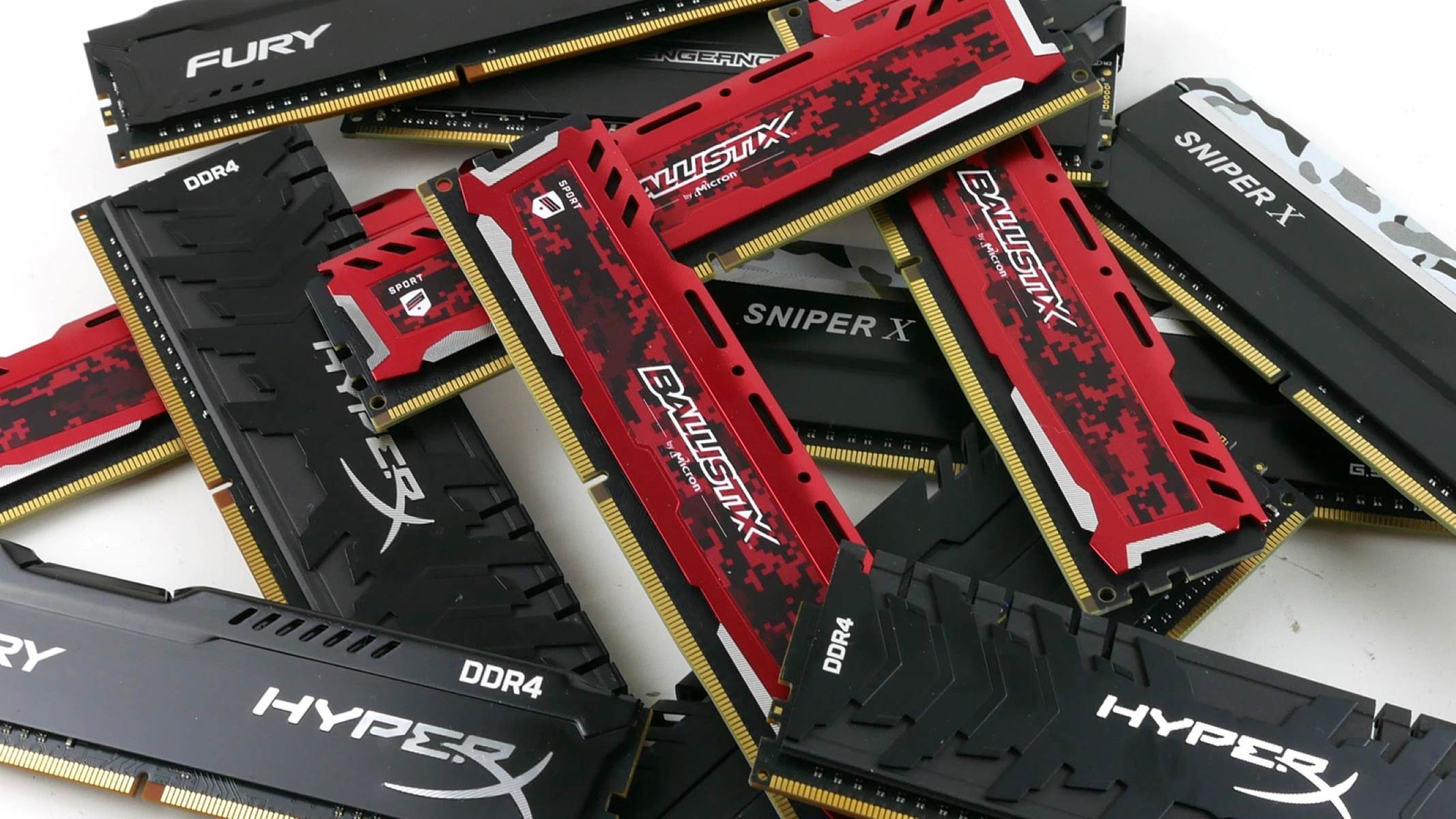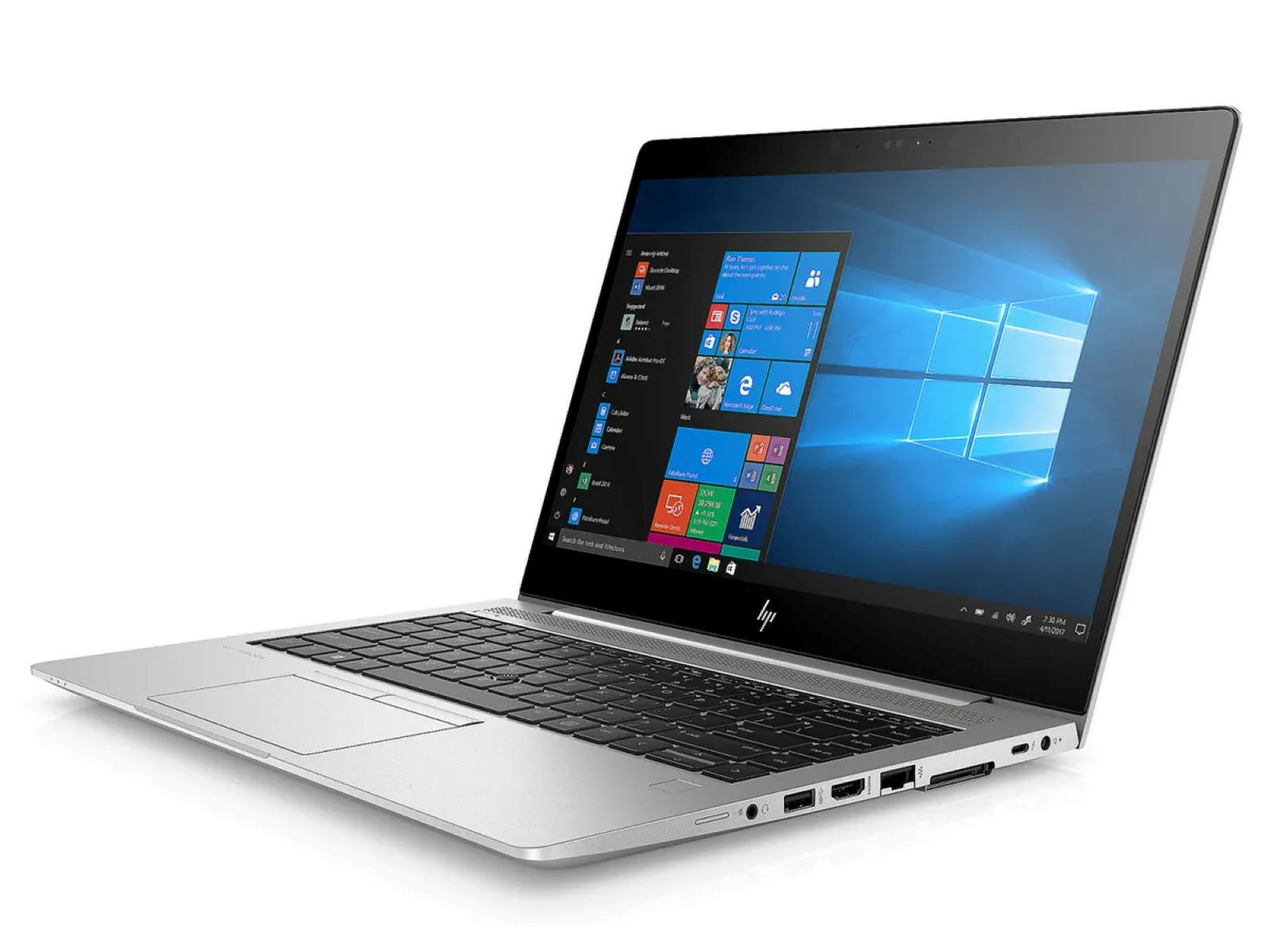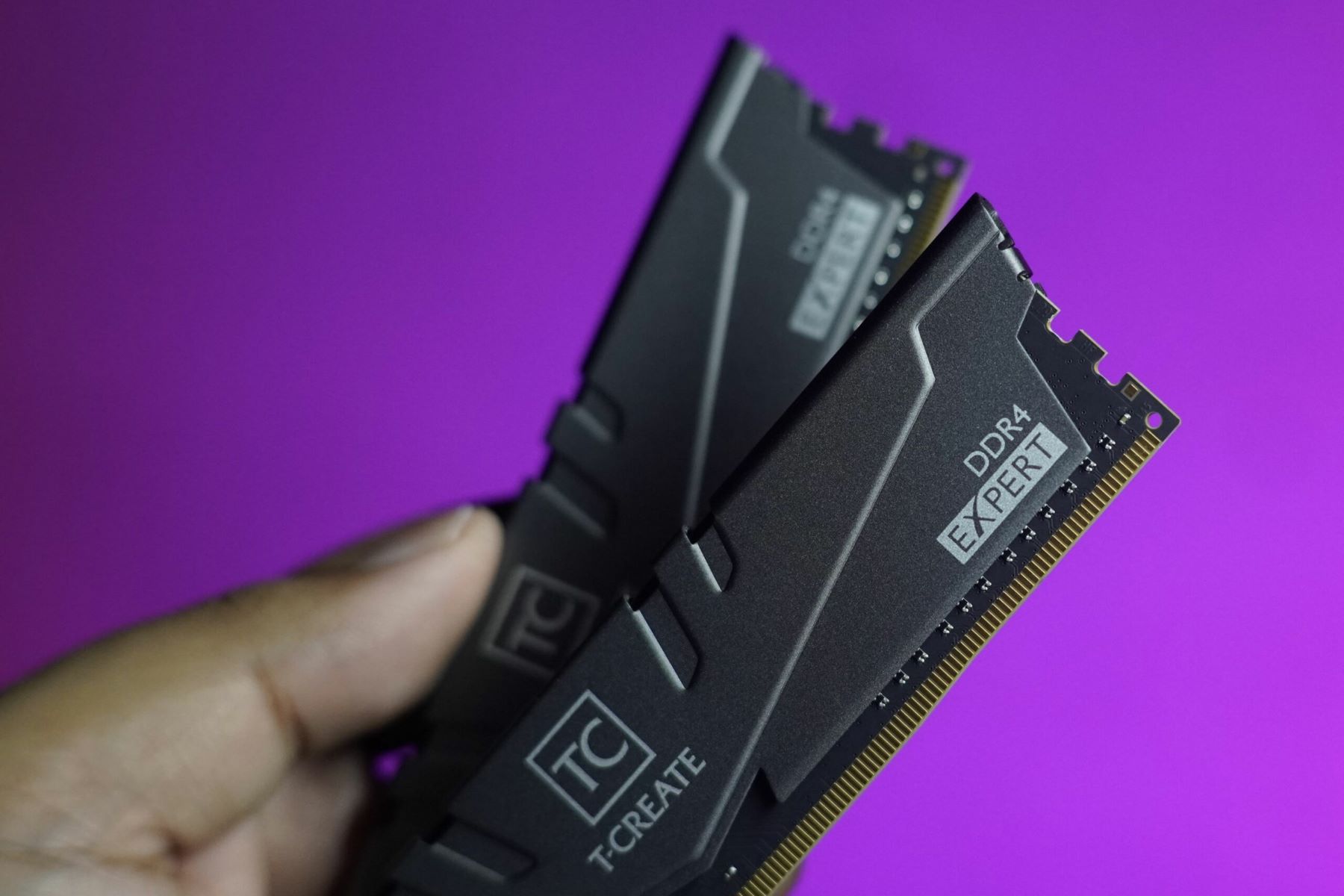Introduction
When it comes to understanding computer hardware, there are many acronyms and terms that can be confusing for the average user. One term that often pops up when discussing computer memory is CL, or CAS Latency. If you’ve ever wondered what does CL mean in RAM, you’re not alone.
Random Access Memory, or RAM, is a crucial component in any computer system as it provides temporary storage for data that the CPU needs to access quickly. However, the performance of RAM can vary depending on various factors, and understanding the meaning of CL is essential in determining the efficiency of your RAM.
In this article, we’ll delve into the world of RAM and explore what CL means, why it’s important, and how it impacts the overall performance of your system. Whether you’re a tech enthusiast looking to upgrade your computer or simply curious about how your system works, this article will provide you with the insights you need.
So, let’s dive in and uncover the mysteries of CL in RAM!
What is RAM?
Before we delve into the specifics of CL in RAM, let’s start with a basic understanding of what RAM is and its role in a computer system. RAM, short for Random Access Memory, is a type of computer memory that allows the CPU to quickly access data needed to perform tasks. It is a temporary storage space that holds data and instructions that the CPU actively uses during operation.
Think of RAM as the workspace or the working memory of your computer. It stores the data and instructions that the CPU needs to access frequently, allowing for quick retrieval and execution. This is in contrast to the long-term storage provided by a hard drive or solid-state drive, where data is stored even when the computer is powered off.
Unlike storage drives, RAM is volatile, meaning its contents are lost when the computer is shut down or power is lost. However, this volatility is what makes RAM so fast and efficient – it can rapidly read and write data, providing the necessary resources for the CPU to carry out its operations.
RAM comes in different capacities, typically measured in gigabytes (GB) or terabytes (TB). The amount of RAM your system has can directly impact its overall performance. More RAM allows for smoother multitasking, faster program executions, and better overall system responsiveness.
Now that we have a basic understanding of what RAM is, let’s dive deeper into the specific terminology surrounding RAM, including the meaning of CL and its significance in determining RAM performance.
Understanding RAM Terminology
When it comes to RAM, there are several important terms and acronyms that you should familiarize yourself with. Understanding these terminologies will help you make informed decisions when purchasing or upgrading your RAM modules.
1. RAM Type: There are different types of RAM available, including DDR4, DDR3, DDR2, and DDR. The RAM type determines the compatibility and speed of the memory module.
2. Capacity: The capacity of RAM refers to the amount of data it can store. It is measured in gigabytes (GB) or terabytes (TB). Common RAM capacities for personal computers range from 4GB to 32GB or even higher for gaming or professional use.
3. Clock Speed: The clock speed of RAM, measured in megahertz (MHz) or gigahertz (GHz), determines the speed at which data can be accessed and transferred. Higher clock speeds typically result in faster performance.
4. Timings: RAM timings refer to a set of numbers that indicate the latency and timing parameters of the memory module. These timings include CAS Latency (CL), RAS to CAS Delay (tRCD), and Row Precharge Time (tRP), among others. CL, specifically, is one of the crucial timings that we will focus on in this article.
5. Voltage: RAM modules require a specific voltage to operate correctly. The voltage is usually mentioned as part of the RAM specifications. It is important to ensure that the voltage requirements of your RAM are compatible with your motherboard and other components.
Now that we have covered the basic RAM terminology, let’s explore what CL means in RAM and how it impacts the performance of your system.
What Does CL Mean in RAM?
CL, or CAS Latency, is a timing parameter used to measure the delay between a RAM module receiving a command and being able to respond to that command. Specifically, it refers to the number of clock cycles it takes for the RAM to access requested data after receiving a command.
The CAS in CAS Latency stands for Column Address Strobe. The Column Address Strobe signal is responsible for activating the memory array’s specific column during read and write operations. The latency, represented by the CL value, indicates the number of clock cycles needed for the RAM to access the correct column and provide the requested data to the CPU.
The CL value is denoted by a number, such as CL16 or CL18, with lower numbers representing lower latency. For example, a RAM module with a CL16 latency would take fewer clock cycles to respond to a command compared to a RAM module with a CL18 latency.
It’s important to note that CL is just one of the many timing parameters that determine the overall performance of RAM. However, it is a significant factor, as it directly impacts the speed and responsiveness of the RAM module.
The CL value is typically mentioned in RAM module specifications, along with other timings like tRCD (RAS to CAS Delay) and tRP (Row Precharge Time). These timings should be considered together when evaluating the performance of RAM.
Now that we understand what CL means in RAM, let’s explore why it is important and how it can affect the overall performance of your system.
Importance of CL in RAM
The CAS Latency (CL) of RAM plays a crucial role in determining the overall performance and responsiveness of your computer system. The lower the CL value, the faster the RAM can access and retrieve data, resulting in improved system performance.
When the CPU sends a command to the RAM module, the CL value determines how long it takes for the RAM to provide the requested data. The lower the latency, the quicker the RAM can respond to the CPU’s commands, reducing the waiting time and improving overall system efficiency.
In practical terms, a RAM module with a lower CL value can provide quicker access to data, resulting in faster loading times for applications, smoother multitasking, and improved system responsiveness. This is particularly noticeable in activities that require frequent data retrieval, such as gaming, video editing, and complex software calculations.
However, it’s important to note that the impact of CL on system performance may not be noticeable in everyday tasks, such as web browsing or word processing. For these tasks, other factors such as CPU speed, disk speed, and internet connection play a more significant role.
Importantly, the impact of CL on overall system performance is also dependent on the specific workload and applications being used. If you’re a professional or enthusiast engaged in memory-intensive tasks, such as running virtual machines or performing large-scale data analysis, investing in RAM with lower CL values can result in significant performance gains.
It’s worth mentioning that CL is just one aspect of RAM performance, and other factors like capacity, clock speed, and overall RAM configuration also contribute to the system’s efficiency. The optimal choice of RAM will depend on your specific needs, budget, and compatibility with your motherboard.
Next, we’ll delve into the factors that can influence the CL value of RAM modules and how you can determine the correct CL for your system.
Factors That Influence CL
Several factors come into play when determining the CAS Latency (CL) of RAM modules. Understanding these factors can help you make informed decisions when selecting RAM for your system. Here are some key factors that influence CL:
1. RAM Generation: Different generations of RAM modules, such as DDR4, DDR3, or DDR2, have varying CL values due to advancements in technology. Newer RAM generations often offer lower CL values, resulting in improved performance.
2. RAM Speed: The clock speed or frequency of the RAM module affects CL. Higher-speed RAM modules tend to have higher CL values, as they require more clock cycles to access data. Therefore, there can be a trade-off between fast RAM speeds and lower latency.
3. RAM Density: The density of the RAM chips on the module can impact CL. Higher-density memory chips may require more time to access data, resulting in higher CL values. However, this factor is typically more relevant in server-grade and high-capacity memory modules.
4. RAM Configuration: The way RAM is configured in your system can affect CL. For example, using multiple RAM modules or populating all the available RAM slots on a motherboard can sometimes lead to higher CL values. It’s essential to consider the RAM configuration guidelines provided by the motherboard or system manufacturer.
5. Quality of RAM Modules: The quality and manufacturing process of RAM modules can impact CL. Higher-quality modules tend to have tighter CL values, leading to better performance. Choosing reputable brands known for their reliable RAM products can play a role in achieving lower CL values.
6. System Compatibility: The compatibility between the RAM module and the motherboard also affects CL. It’s crucial to ensure that the chosen RAM module is compatible with the motherboard’s memory specifications to optimize performance and avoid any stability issues.
It’s important to note that while a lower CL value generally indicates better performance, it may come with a higher price tag. It’s essential to strike a balance between budget considerations and achieving the desired system performance when selecting RAM modules.
Now that we have explored the factors that influence the CL value, let’s move on to the next section to find out how you can determine the correct CL for your specific system requirements.
How to Determine the Correct CL for Your RAM
Choosing the correct CAS Latency (CL) for your RAM module involves considering several factors, including your system requirements, budget, and compatibility with your motherboard. Here are some steps you can follow to determine the correct CL for your RAM:
1. Understand Your System Requirements: Consider the purpose and usage of your system. Determine the type of tasks you will be performing, whether it’s gaming, content creation, or everyday computing. Memory-intensive tasks may benefit from RAM modules with lower CL values.
2. Check Your Motherboard Specifications: Consult your motherboard’s documentation or visit the manufacturer’s website to find information about the recommended RAM specifications. Look for the supported RAM types, capacities, and any specific recommendations regarding latency.
3. Budget Considerations: Determine your budget for RAM and balance it with your desired performance. Lower CL values usually come with higher costs. Evaluate the performance gains against the cost and consider if it fits within your budget constraints.
4. Research RAM Modules: Look for RAM modules that meet your requirements in terms of capacity and speed, while also considering the CL values. Review product specifications, read reviews, and compare prices to find the best match for your needs.
5. Consider Overclocking: If you are familiar with overclocking and want to push your system’s performance further, you may consider RAM modules with higher clock speeds but slightly higher CL values. Overclocking allows you to increase the memory frequency, compensating for the latency impact on performance.
6. Consult Experts or Communities: If you’re uncertain about the best CL value for your system, seek advice from hardware experts, computer forums, or communities dedicated to computer hardware. Their expertise and experiences can provide valuable insights and recommendations.
Remember that while CL is an important factor, it is just one aspect of RAM performance. Consider the overall combination of factors, such as capacity, clock speed, and other timings, that align with your system requirements and budget.
By following these steps and conducting thorough research, you can determine the correct CL for your RAM and make an informed decision when upgrading or purchasing RAM modules.
Tips for Optimizing RAM Performance
Ensuring optimal performance of your RAM is crucial for achieving a smooth and responsive computer system. Here are some tips to help you optimize the performance of your RAM:
1. Match RAM Modules: If you are using multiple RAM modules, make sure they have the same capacity, speed, and timings. Mismatched RAM modules can cause compatibility issues and affect performance.
2. Enable XMP/DOCP: Many modern motherboards support XMP (Extreme Memory Profile) or DOCP (Direct Overclock Profile), which allows you to enable pre-configured settings for your RAM. Enabling XMP/DOCP can ensure that your RAM operates at its rated speed and timings.
3. Keep BIOS and Drivers Updated: Regularly update your motherboard’s BIOS and device drivers to ensure compatibility and performance optimization. Manufacturers often release updates that include RAM compatibility improvements.
4. Avoid Overclocking: While overclocking your RAM can potentially increase performance, it can also lead to stability issues and higher temperatures. If you’re not experienced with overclocking, it’s best to stick with the manufacturer’s recommended settings.
5. Minimize Background Processes: Close unnecessary background processes and applications that consume excessive memory. This frees up the RAM for more essential tasks, improving overall system performance.
6. Regularly Clean Dust and Ensure Proper Cooling: Overheating can adversely affect RAM performance. Clean dust from your computer’s components and ensure proper airflow to prevent excessive heat buildup. Consider adding additional cooling solutions if needed.
7. Evaluate Virtual Memory Settings: By default, the operating system allocates a portion of your hard drive as virtual memory when RAM capacity is exceeded. Adjusting virtual memory settings can help optimize RAM usage, but it’s recommended to consult reliable sources or seek professional assistance to avoid potential complications.
8. Perform Regular Maintenance: Regularly run disk cleanup and defragmentation to optimize your computer’s performance. Removing unnecessary files and organizing data on your hard drive can indirectly improve RAM performance.
9. Consider Upgrading RAM: If your system consistently experiences slow performance or struggles with resource-intensive tasks, upgrading to higher-capacity or faster RAM modules may significantly enhance performance.
By implementing these tips, you can optimize your RAM’s performance and ensure that your computer system operates efficiently, delivering a smoother and more responsive user experience.
Conclusion
Understanding the significance of CAS Latency (CL) in RAM is crucial for maximizing the performance of your computer system. CL represents the time it takes for the RAM module to access and retrieve data after receiving a command. Lower CL values result in faster data retrieval and improved system responsiveness.
While CL is just one aspect of RAM performance, it is an important factor to consider when selecting RAM modules for your system. Other factors, such as RAM type, capacity, clock speed, and overall system configuration, also play a role in determining the overall efficiency of your RAM.
By considering your system requirements, consulting your motherboard’s specifications, and balancing your budget, you can determine the correct CL for your RAM. Additionally, following optimization tips like matching RAM modules, enabling XMP/DOCP, and regularly maintaining your system can help maximize the performance of your RAM.
Remember that the impact of CL on system performance may not be noticeable in all tasks. Everyday computing tasks may not significantly benefit from lower CL values, while memory-intensive tasks like gaming or content creation can benefit from faster RAM response times.
In conclusion, understanding what CL means in RAM and how it impacts system performance empowers you to make informed decisions when selecting RAM modules. Optimizing your RAM performance can result in a faster, more efficient computer system that can handle demanding tasks with ease.







